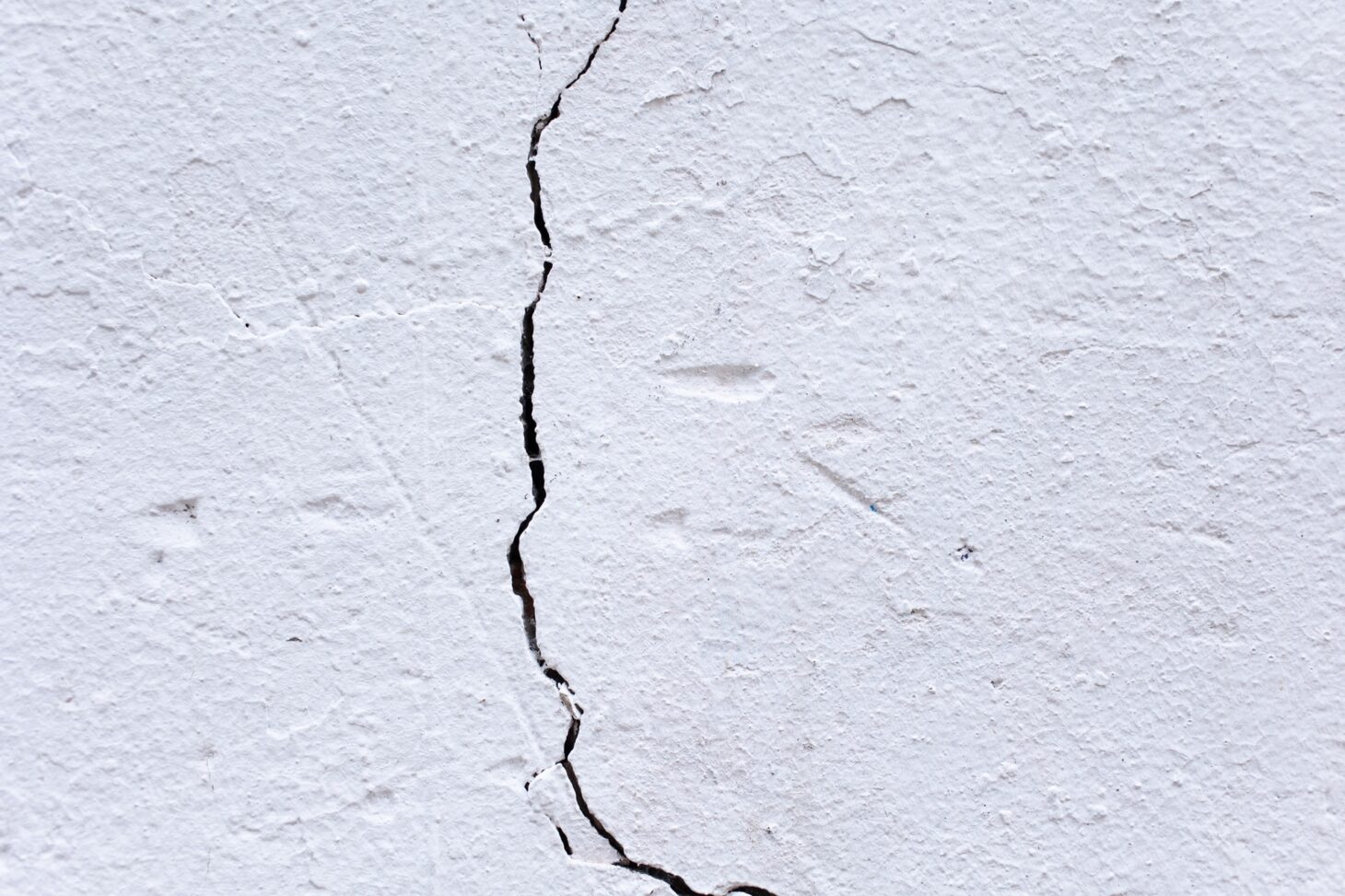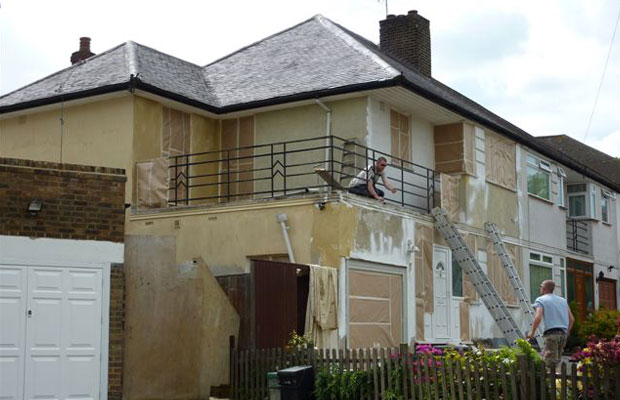The rendering over the walls of a house is a hard wall covering designed for the protection of the house’s bricks, consolidating the walls, and adding structural strength. But what occurs when the render starts to crack, and why does it begin to crack?
We demonstrate what to do because something occurs in your home.
There is nothing more frustrating than discovering cracks on the exterior of your home.
Given that render does not last indefinitely, how would you determine if the cracks are only surface cracks or if the building requires re-rendering?
Of course, it depends on the severity of the damage and how important it is to you to keep your property in good shape without spending a lot of money.
You don’t always need to be a builder to tell if a crack is problematic; however, what appears to be a little thin scar up the wall could be masking defective brickwork beneath.
Finding one minor crack should not be the reason for fear if you are very concerned about maintaining the property in excellent condition. Still, when one finds several cracks, especially in one location, perhaps it is best to get it fixed?

What to do about rendering cracks?
You must, after all, take action.
They can’t be ignored because they’ll worsen over time, potentially producing even more costly problems.
Of course, and this is the problem, having the property painted every year by a designer generally means that he might paint over any gaps in the walls because decorators are often unconcerned about the state of your property and worry about getting paid.
Render cracks are an annoyance to the average painter!
When these are done every year, a thick coat of paint can build over the walls, concealing that unusual things are happening behind all that paint.
Without your knowledge, your walls could be broken!
Yes, all those coats of paint, or that horrible spar dash over the house, the walls that you are constantly injuring yourself brushing past, could be concealing serious problems beneath.
Would you say the same thing if your automobile was gorgeous and bright on the outside but rusted and breaking apart underneath?
Even for your personal financial security, it pays to stay on top of any faults or defects around the property. After all, most people’s money is invested in their property, so failing to maintain it might spell disaster.
Cracks come in a variety of sizes and shapes. Most cracks in your walls, on the other hand, will allow the water to seep into your home and possibly produce dampness gradually.
What damage might cracks cause to a building’s structure?
So, aside from the fact that the property would not start Looking very great, having fractured walls might allow dampness into the property, so what occurs next?
A variety of things could happen, all of which are bad, so pay attention.
Water will seep into your walls through fractures.
If you believe the wall damage is small, consider how long it stretches. A tiny crack stretching for some feet is the same as a large hole in the wall!
Water will be able to enter the wall through the crack. That water will remain till the winter, even if it does not travel further. That doesn’t imply the water will vanish; rather, it will turn to ice! When you put water in your ice tray in the freezer and return in a few hours, you’ll notice the water level has risen and turned into ice.
It’s because water expands if it freezes, which happens within your walls, increasing the number and size of cracks and leaving your property more damp-prone.
What to do to keep the walls from crumbling?
To keep the walls from cracking, they must be waterproof so that wind, rain, and cold weather do not cause them to fracture again. Yes, there is an answer.
- Normal pebbledash or masonry paint will not stop moisture or repair cracks.
- Weather-resistant exterior wall coatings will also prevent cracks; in fact, cracks will not emerge on the exterior of your home for the next 20 years.
Furthermore, it will look fantastic!
Also, consider this clear wall painting method for properties that require waterproofing but not colour.

Are wall cracks an indication of structural issues?
Little hairline cracks may be entirely aesthetic and readily rectified with filler and paint, indicating a major structural concern. On the other hand, large gaping fissures can indicate more costly structural or foundation issues that require the assistance of a structural expert. Your building inspection report will determine the severity and likely source of the cracks in your walls.
Conclusion
During a building examination, some cracks in the wall may be discovered as serious and symptomatic structural breakdown symptoms, while others are just cosmetic.
Cracks in the walls are ugly, but they can also indicate major structural issues in the property. The freshly painted walls you noticed at the open house could be concealing a Grand Canyon-sized fracture.
It’s critical to know whether a wall crack can be readily repaired with a little strategically placed filler and a coat of paint or if expensive structural repairs are required. If you underestimate the severity of wall cracks, you may find yourself without a roof over your head.









